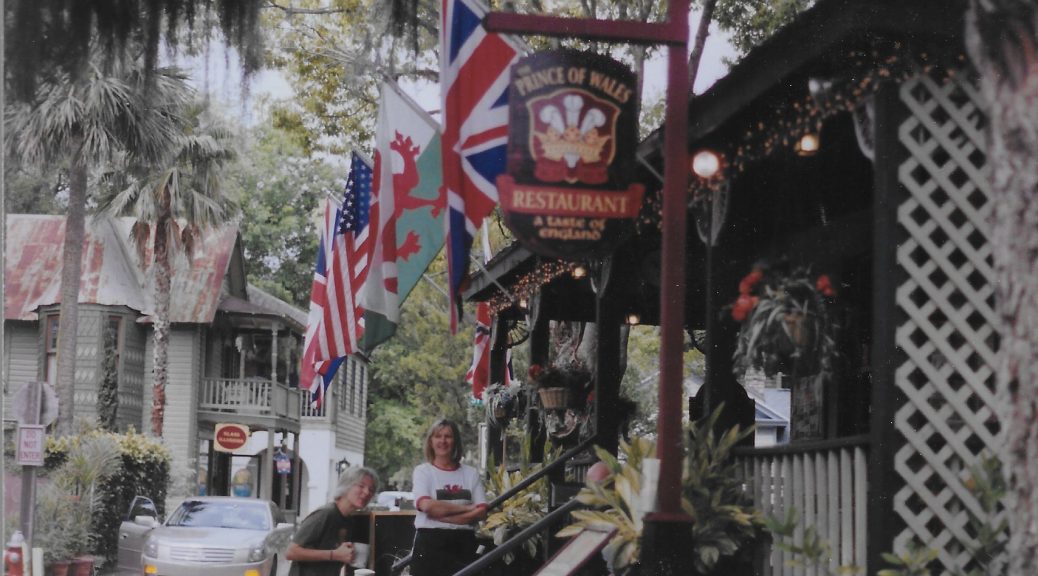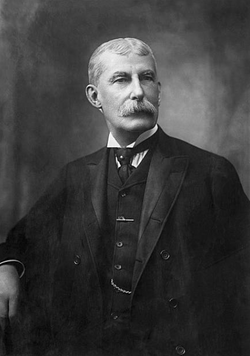Florida is full of local lore and one I have found particularly re-occurring is that the Spanish adventurer Ponce de Leon was looking for the Fountain of Youth when he visited the area—-but more serious historians just shake their head and roll their eyes and chalk it up to Fantasy that was present in Florida long before Disney World arrived in Central Florida—and even have a specific location for that fountain at the historic Timucuan Indian village of Seloy,
If you know the history of this area—the Spanish disputes with the British who occupied the remainder of the American coast line and the French who had staked claim to land along what is now the St. Johns River not so far from St. Augustine would be enough to keep any colony/city busy—then add the hostile native Americans and don’t forget thing like nasty residents—like alligators and don’t forget those lovely hurricanes that wandered by during the summer months and you don’t have much positive to insure the city’s lasting any length of time—but as we’ve already noted it did and still does sit on the coast a proud matron for all to see.
It is said that he heart of the city is on St. George Street which stops at its north at the City Gates and then progresses south — closed to traffic. It is one of the many city streets laid out in 1598 by King Phillip (of Spain) are still visible and along St. George Street you can see more than 25 building restored or reconstructed. Much of the work of restoration on this street was started in the 60’s and the street is charming and I sincerely enjoy walking its length lined with shops, restaurants and points of interest.
But a lot of what was to shape our more modern city happened in the late 1800’2 when a man with a plant brought his railroad here (and eventually all the way to Key West) It is here he started his traditions of building lavish hotels to accommodate those visits he brought to the areas his train serviced. In St Augustine in addition to hotels he built a church—where his first wife, as well as his daughter and himself are all buried—he added a modern hospital in 1889 and in 1892 a house Kirkside (which has long been gone from St. Augustine’s landscape.)
St. Augustine has continued a tourist attraction to the present day, especially popular with local population from Jacksonville and Orlando area for weekend trips.
A bit more about Flagler:
While at his Palm Beach home in 1913 Flagler fell down the marble steps of his mansion. Several days later he succumbed to the injuries of his fall and died at age 83. His tremendous fortune would pass to his wife who died a few years later, allowing the wealth to pass into the hands of her family who would invest it in education, health, and charitable organizations across the country.
Flagler’s First Wife:
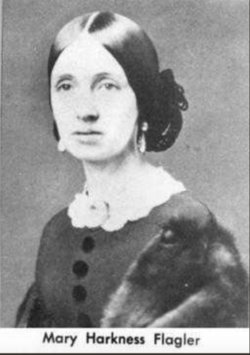
Mary Harkness Flagler
| BIRTH |
Bellevue, Huron County, Ohio, USA
|
|---|---|
| DEATH | 18 May 1881 (aged 47)
New York, New York County (Manhattan), New York, USA
|
| BURIAL |
Saint Augustine, St. Johns County, Florida, USA |
| PLOT | Chapel |
Henry Morrison Flagler
| BIRTH |
Hopewell, Ontario County, New York, USA
|
|---|---|
| DEATH | 20 May 1913 (aged 83)
Palm Beach, Palm Beach County, Florida, USA
|
| BURIAL |
Saint Augustine, St. Johns County, Florida, USA |
| PLOT | Chapel |
Flagler’s 2nd wife:
Interesting and you need to know this to better understand #3 which is a real scandal—but not his
: THE TRAGIC MISTRESS OF WHITEHALL

The Castillio is said to be haunted. In 1830’s a US solder found a chamer with two skeletons. Since this was opened visitors have reported seeing a strange glow and smelling a sweet fragrance in this area. Some speculate that it is a young officer and Col. Morti’s wife who was his lover and who legend says both disappeared from the Castillo —which most suppose was on the husband’s orders.
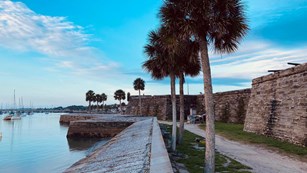
SR A1A—-cross the bridge of the lions, on SR AIA —you can’t miss it.
Admission
Few will debate that this fort built in the late 17th century, is the center piece of the historical as well as the visitor’s interest of the city of St. Augustine….It is a National Monument supervised by the National Park system as is the smaller Fort off Anastasia Island.
It is interesting to note that for over a century the settlement had no fort and was harassed by Indians, pirates and all the great stuff we mentioned earlier. And all that stood between them and disaster or even doom was a wooden wall abut the town. But by the late 1600’s the British is particular were becoming a greater and more dangerous threat to the village’s existence–and so Spain in 1672 began work on a great stone fort.
The stone that this fort—-or rather Castillio—is not a stone that many of you might be familiar with–Coquina. Coquina is made up of ground shells and held togther by a loose calcareous cement, this is formed by a reaction of water, sand and calcium, which hardens when dry. These stones were quarried on Anastasia Island (The Spanish Coquina Quarries are an historic site in St. Augustine Beach, Florida. They are located off A1A in Anastasia State Park. On February 23, 1972, they were added to the U.S. National Register of Historic Places)
Hiking Coquina Quarry: Anastasia Island, FL
From this location the stone was transported to St. Augustine, and used to construct the Castillio de San Marco as well as many other buildings.
IT took close to 25 yeas to build a fort—but given it’s impregnable record since then it certainly seems worth the effort
As you can see from the pictures the fortress consists of four protruding bastions of annon enplacement over barracks, chapels, dungeons and armory.. Its gray sloping walls stand 30′ high and up to 14′ thick in some areas and are all made of coquina.—legend says that cannon balls either bounce of or stick to these walls—but more recent article i have read dispute this—–but I’ll leave it to you to decide, given the fact that the fortress withstood every assault until the armies of tourists that is.
The fort has stood under many flags including the original Spanish of course, the pesky English and the United States in 1825 when Florida became a territory and then a state—-and don’t forget the Confederate flag during the Civil War.
It wa used to hold Native American prisoners during the Seminole wars—in fact Osceola is said to have come here under a white flag of truce and were captured and imprisoned at the Castello by General Jesup in a breach of military justice.
Seminole Incarceration
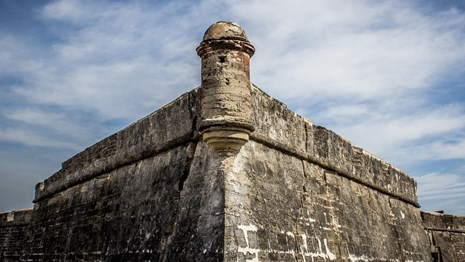
In addition to multiple antique shops, specialty shops, lots of bed and breakfasts and old houses—too many to count REALLY. You can enjoy yourself just walking around this lovely city–it’s clean, safe and fiendly—next Tuesday we’ll do many more places to see….I’m due for my second shot tomorrow so I’m trying to get everything done and updated etc in case I have a couple of days of tiredness again—hopefully not—please keep your fingers crossed.
Ghost City Tours in St. Augustine
